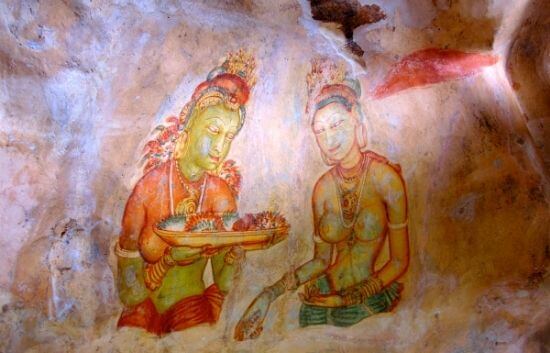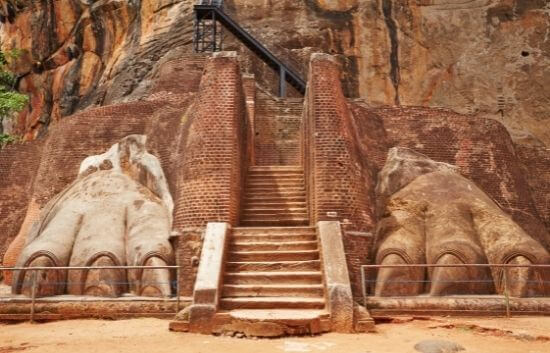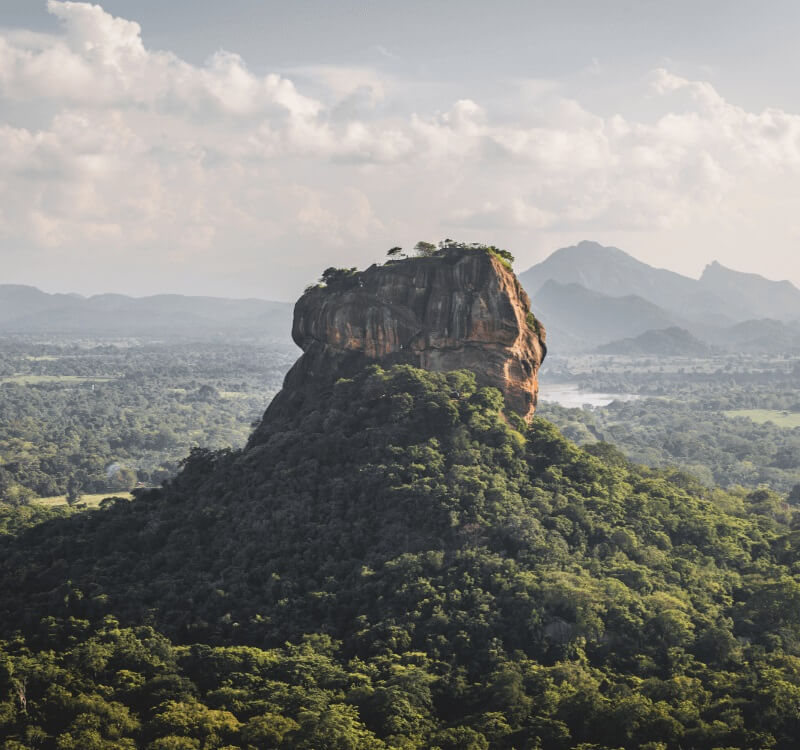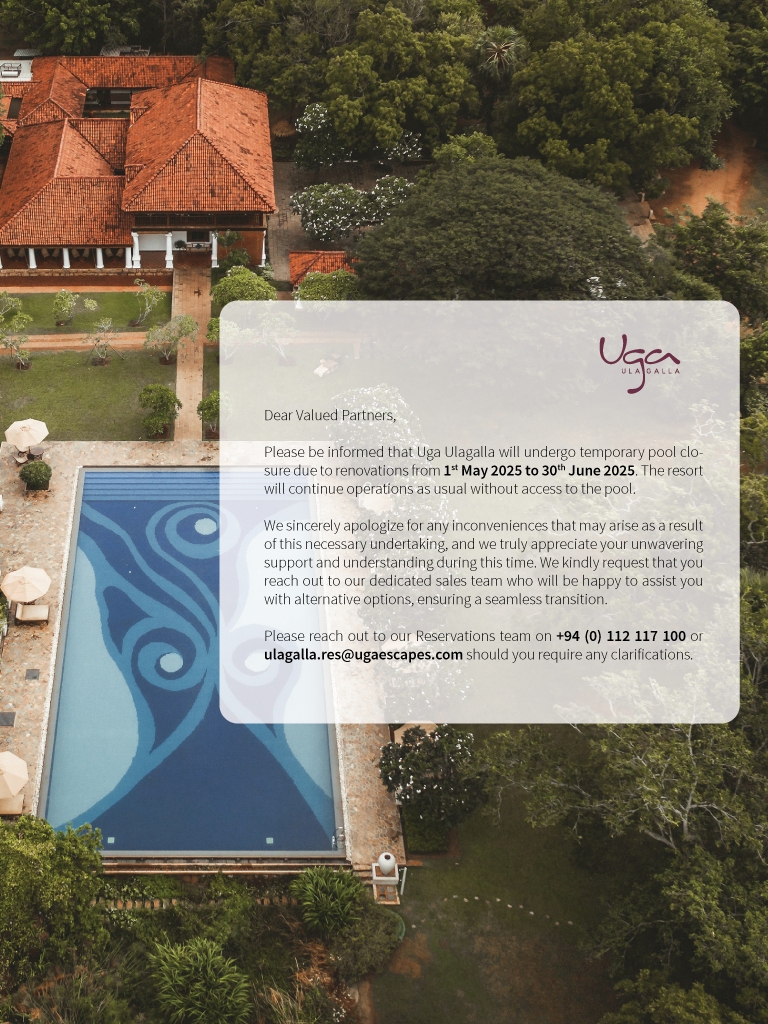Sigiriya
Sigiriya Travel Guide: Must-See Sites and Hidden Gems
Sigiriya is one of Sri Lanka’s most famous and best-loved archaeological attractions. A UNESCO World Heritage Site, this ruined fifth century former palace and unique fortress boasts a host of extraordinary features – a moat, elaborate water gardens, a pair of giant lion paws, exquisite frescoes, and a ruined palace sitting atop a near-vertical 200-metre-high rock. To get there, expect to climb a few steeply winding staircases enroute to the top.
History of Sigiriya
In 477AD Kassyapa, the illegitimate son of King Dhatusena, killed his father and seized the throne. Featuring recrimination from his brother Moggallana, the rightful heir, he left the city of Anuradhapura and built his heavily fortressed palace atop Sigiriya rock. Seemingly impregnable, he surrounded the palace with a moat and thick ramparts. He also beautified the city to unimaginable proportions – commissioning exceptional frescoes, creating extensive water gardens and beautifully landscaped gardens. Yet despite his best efforts when Moggallana did come for him, 11 years later, it wasn’t the strength of his fortifications that failed but his own courage. Rather than give himself up in a battle he knew he couldn’t win, Kassyapa took his own life. Sigiriya was left to the jungle as Moggallana returned the throne to Anuradhapura. Monks resided here until it was rediscovered in the 1800s.
Where is Sigiriya?
Sigiriya is at the heart of the Cultural Triangle in Sri Lanka’s North Central Province. Within striking distance of other UNESCO World Heritage Sites such as Dambulla, Anuradhapura and Polonnaruwa, Sigiriya is around 175-kilometres from Colombo. Sigiriya is located around 7-kilometres off the main Kandy – Dambulla – Anuradhapura highway. There is a domestic airport at Sigiriya, with flights arriving from Colombo.
Must-see in Sigiriya
•Royal Gardens
The pathway leading to the rock takes you through ruins of the former terraced gardens with innovatively designed pools, water courses, fountains and boulders.
•Frescoes
Archeologists discovered the 5th century citadel, royal palace, gardens, parks and 1500-year-old frescoes on the western wall of the complex, some parts of which remained amazingly unaltered. Beyond a hair-raising spiral staircase is a gallery of 22 female figures – the Maidens of the Clouds – painted in great detail onto a wall sheltered from the elements. The detail in the frescoes is remarkable. No-one is certain who they represent – they could be apsaras (celestial nymphs) or depict King Kassyapa’s concubines known to be the ladies of the king’s harem, dressed in their finest.
•Mirror Wall
Ancient graffiti on the Mirror Wall refers a little beyond the frescoes, the path clings to the rock yet is protected on one side – the outer – by a three-metre long wall. Coated with a smooth glaze, it’s believed that visitors, perhaps between the 6th and 14th centuries – much later than Kassyapa’s reign – noted down their impressions of the Sigiriya maidens. Scholars studying the evolution of the Sinhala script have found these scriptures very revealing.
•Lion’s Paws
Sigiriya, which means Lion Rock, takes its name from the giant paws that sit half-way up, and what remains of a brick lion that once stood here.
•Summit
Whilst the ruins that exist today atop Sigiriya’s vast plateau are fairly unimpressive, the 360-degree views to be enjoyed from the top are nothing short of breathtaking. A rich, emerald sea of forest surrounds the rock, and you can see for miles.
•Cobra Hood Cave & Boulder Garden
The boulder garden at the base of the rock was a place of meditation, and these giant rocks supported monastic buildings. Within it, and to be seen as you descend and exit from Sigiriya, is the Cobra Hood Cave, named after a rocky overhang resembling a cobra’s hood. An inscription dates the cave to the 2nd Century BC.
•Sigiriya Museum
Drop into this museum for a more detailed overview of Sigiriya’s monastic and royal connections, complete with evocative diorama of the site.
Quick guide to Sigiriya
•Do I need to buy tickets?
Yes. Purchase your tickets from the ticket office.
•Are there any shops within the site?
No, there are no facilities (for food and drinks) once you leave the ticket office.
•Sigiriya opening hours
The site is open between 7am and 7pm, however the ticket office usually closes by 6pm.
It is also recommended to avoid visiting during the weekends & during local school holidays as the queues would be longer.
•How many steps are there to reach the top?
In all, there are around 1200 steps at Sigiriya. The steps beyond the Lion’s Paws are steeply cut into the rock face. All ages can manage the ascent if taken slowly and steadily.
•How to plan for a visit
Up to three hours. You could make the return trip up the rock in two hours though at peak times of the year the narrow pathways can get busy. You can avoid this by arriving as soon as the ticket office opens at 7am, or coming in the late afternoon.
•Can I take photographs?
Yes, although visitors are not allowed to photograph the frescoes.
•What to wear to visit Sigiriya
Dress modestly, and with a mind to the heat and humidity. Wear a hat as it can get very hot, apply lots of sun cream and take plenty of water.
•When’s the best time of day to visit Sigiriya?
To avoid the heat, visit in the cooler hours of early morning or late afternoon. The colours of the frescos are at their best in the late afternoon light.
What’s the best time of year to visit Sigiriya?
Sigiriya can be visited throughout the year.
Things to see in/around Sigiriya
If you’re in town visiting Sigiriya, don’t miss these tag-on sights:
•Pidurangala – Sigiriya’s graceful sister rock is everything its sibling isn’t. Where Sigiriya is ostentatious, Pidurangala is humble and serene, and for many centuries it has provided refuge for the monastic community. Today, Pidurangala’s peak is summited by those looking for an alternative view of Sigiriya and the surrounding forested plains.
•Particularly striking for its graceful presence, is the Aukana Buddha, a 45-minute drive from Sigiriya. Reaching 12-metres high, the statue dates back to the eighth or ninth centuries and is unusual for being in the asisa mudra (blessing position). Aukana means ‘sun-eating’ so dawn – when light gently illuminates the statue – is the best time to visit.
•Minneriya National Park – Spanning a landmass of 8,000 hectares, this protected reserve is home to a large wild elephants gathering on the grass fields. Elephants have become a significant part of the park as there are over 700 wild elephants that dwell within the premises. The elephants thrive on the Minneriya Tank; who converge in great numbers on the receding banks of the Minneriya Tank at the end of the dry season (August to September) in an event coined The Gathering. Throughout the year, sightings of elephants, deer and birds are consistently good.


